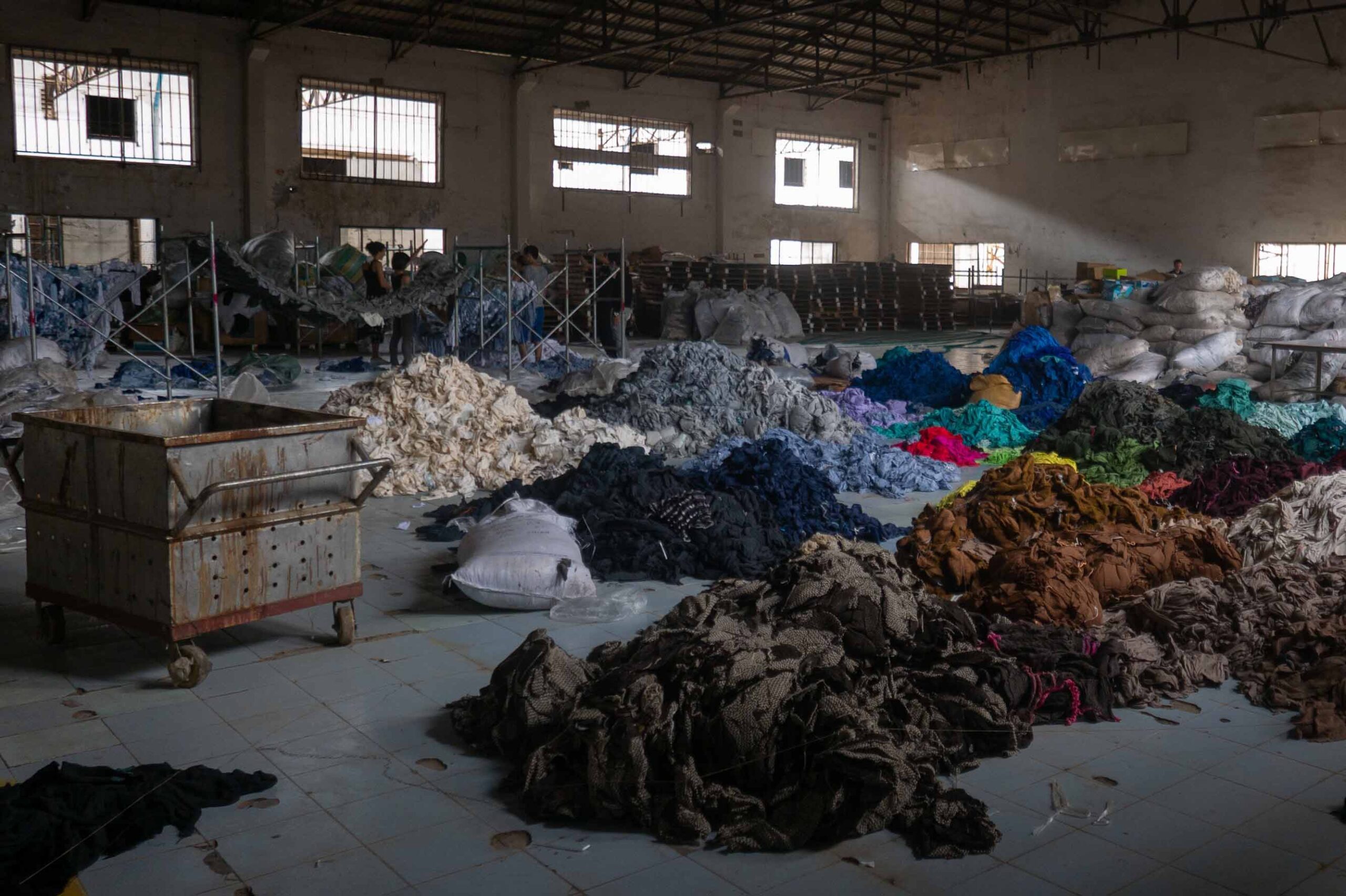by Torsten Becker & Valerie Muschik
In recent years, sustainability and climate change have become more and more present in the public discourse. As an increasing number of people start re-examining their habits and lifestyles through a sustainability lens, they find themselves confronted with new uncertainties: What is actually the link between money – the money that we have in our bank accounts and the money that we invest – and climate change? Do I, as a private investor who cares about the environment, unintentionally do harm through my investment decisions? And what alternatives are there to invest my money where it can do good instead?
Finding answers to these questions poses major challenges to many private investors – for a variety of reasons. In the following, we provide a first introduction to current terminology and important factors to consider in order to make a well-informed decision.
The basics of investing responsibly
There are various ways to invest as a private individual in environmental and social areas, and even in developing and emerging countries. But the challenges are also multi-layered. Where do I start looking? What criteria do I use? How do I fight my way through dozens of options? And who can I trust anyway? Reaching for the laptop seems promising – but it can also be sobering. Instead of a tailored solution, one might just find a bunch of confusing acronyms like ESG and SDGs – and the term “impact investing”. But what does all this actually mean – especially for me as a private investor?


Invest money sustainably and make positive impact…but how?
Impact – SRI – SDGs – ESG – WTF?
One cornerstone for impact investing are the United Nations’ Sustainable Development Goals (SDGs). These goals go far beyond impact investing, and in the broader development assistance context also subsidies and grants are often referred to as investments. However, the SDGs provide a good overview of the areas in which an “impact” can be generated, which is why they are used by many development banks and impact funds to define and communicate their impact objectives. Prominent examples that can also be promoted through “real”, return-oriented investments are SDG 7 (affordable and clean energy) and SDG 8 (decent work and economic growth).

Impact investing usually means investing in accordance with the UN’s Sustainable Development Goals.
SDGs are not to be confused with ESG, which stands for Environmental, Social & Governance. Environmental, social and corporate governance have recently played an increasingly strong role in the public debate, legislation and regulation. The vast majority of large corporations, banks and investment companies have committed themselves to aligning more closely with ESG criteria – and being measured against them.
Real impact or just greenwashing?
Unfortunately, this commitment is not always entirely voluntary, and of course it’s not always easy to change a proven and profitable business model overnight. Customers and investors are therefore well advised to exercise healthy skepticism and to investigate the small print. Has really something fundamental changed in the company (the bank, the fund, etc.), or has the whole thing just been given a new “green” coat of paint? At least in Germany there have been one or two scandals in the recent past…

There seem to be no limits to the scope for interpretation and creativity of some marketing departments. Some speak of ESG – and sell as a success – when damage that’s been caused over years is being limited, or when an obvious undesirable development is being reversed. For banks and investment companies, for example, it is about “less fossil fuels in the portfolio”, for consumer goods manufacturers it is about “adequate” working conditions in the country of production, and for tech companies it is about the “quota of women” in management positions. Often all this has little to do with real sustainability or positive impact.
Of course, the term sustainability is being equally misused. It borders on desperation how emphatically half the financial industry wants to make us understand how sustainable their investment products suddenly are.
How to invest with a positive impact
Even when it comes to impact investing, not everything that glitters is gold. Investors should ask critically how exactly impact is defined and whether business practices are sustainable. Yet I think it’s fair to say that most providers of such investment products are serious about their impact claim – and are not only “victims” of new legal requirements and regulatory constraints as it is often the case with ESG. In addition, impact is measurable, whereas ESG largely lacks measurability or a reasonable benchmark.
Impact investing addresses important issues or deficiencies – not only but to a large extent in developing and emerging countries – and provides capital for development goals such as poverty reduction, economic growth, clean energy supply or sustainable production.

Admittedly, financial return expectations might be more moderate than on the stock market – and it’s out of question that, in general, there are a number of other/additional risks to be considered in emerging and developing countries. However, this comparison is flawed simply because impact investing is much more than a financial risk-return assessment. Impact investing features two more return-dimensions in terms of positive impact on people and the environment. This “triple-bottom-line” assessment (financial, social, environmental) of impact investments is particularly important as long as conventional financial products are not properly regulated as to price in (costs of) externalities, that is the social and environmental damage they might cause.
So where do I start?
In many countries there is a handful of social-ecological banks with responsible and credible business models that don’t just carry this label for image reasons. Most of them existed already long before the ESG hype, and they offer real opportunities for sustainable investment. If you invest your money through one of these banks, you shouldn’t have to worry about greenwashing.
Even if you are still undecided about your own investments, you could easily transfer your current account to a social-ecological bank. This way you ensure that the money in your account – that the bank works with, even if you don’t invest it yourself – is not indirectly invested in oil, gas or other socially or environmentally harmful areas. An important first step that only takes very little effort.
But what is actually the big difference between social-ecological and conventional banks, and why can’t responsible investors, unfortunately, rely on the latter? We’ll elaborate more on that in Part 2.













